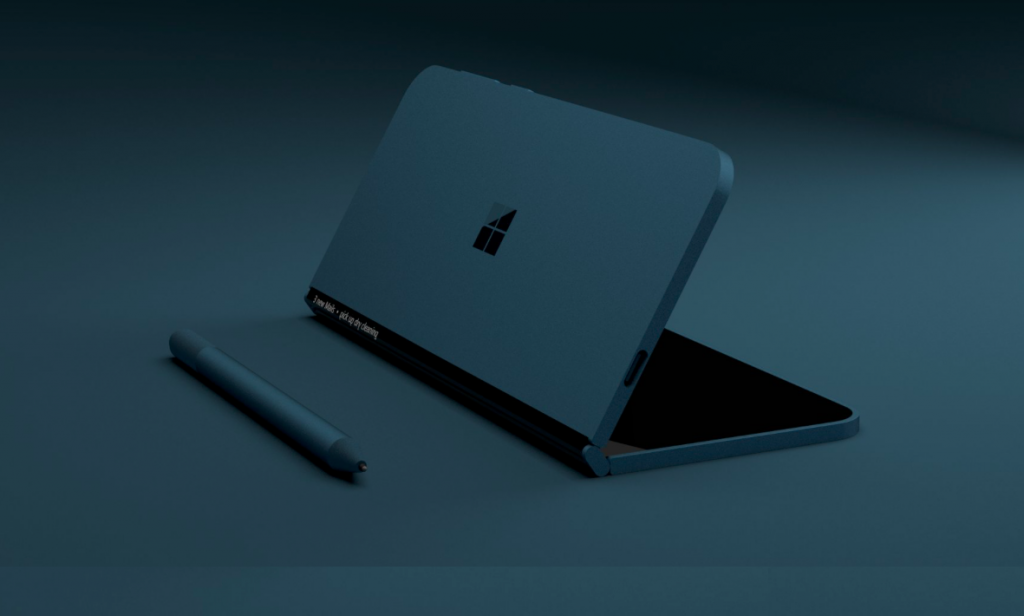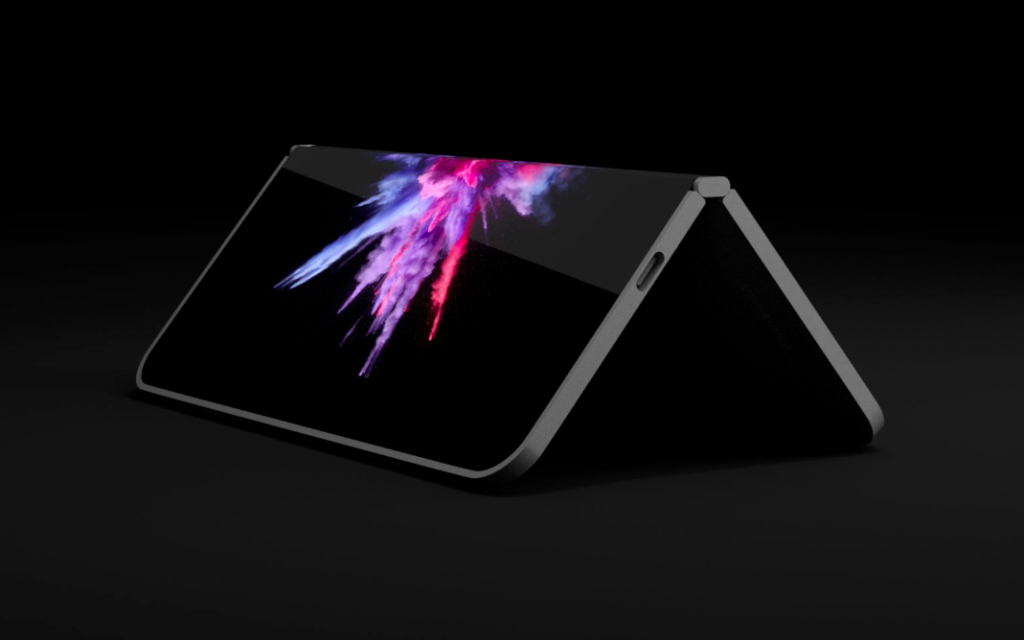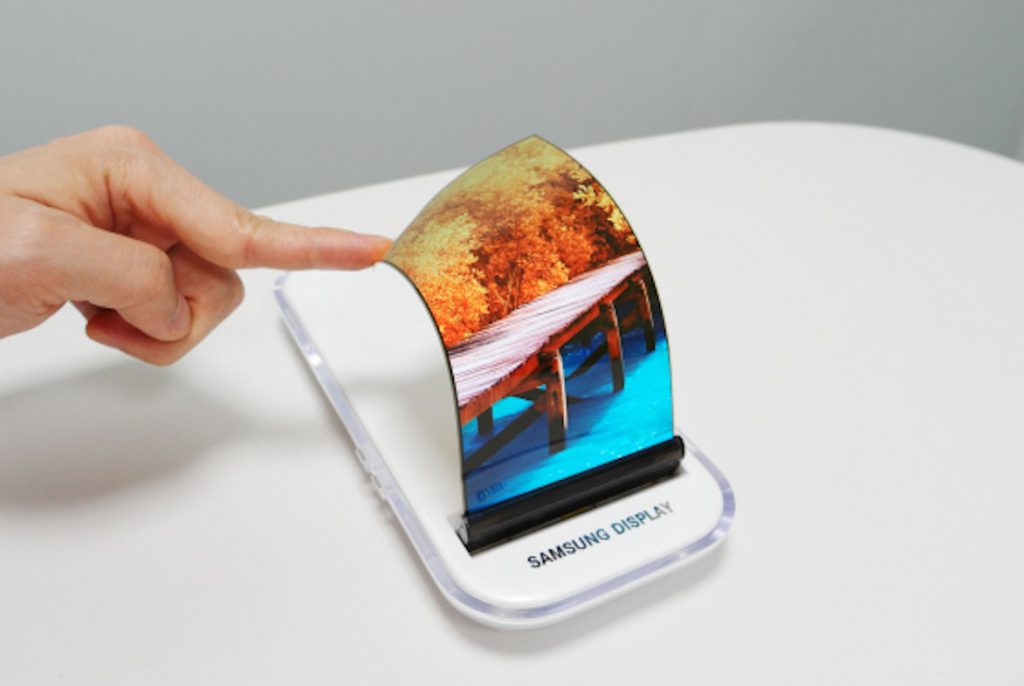For more than a decade, slate-shaped smartphones and devices have ruled the mobile world. But things are changing as companies focus on developing foldable tech. Instead of rectangles made of glass and metal, it may be these bendable phones that you keep in your pockets.
Tech giants including Samsung and Microsoft have started working on foldable tech and are making progress in bringing their devices to the market. Innovation in the field of smartphones and tablets has always been growing at a rapid pace. From being a handheld device to answer calls, smartphones have grown to be a compact replacement for computers. With devices turning flexible, there are several other advantages that will be offered by a smartphone.
Traditionally, a mobile device such as a smartphone or a tablet comes with glass display panels. However, to incorporate foldable tech displays, companies have started using the much lighter material such as plastic. This offers several advantages such as:
- Devices become slimmer and consume less space.
- Flexible displays are significantly lighter in weight.
- Durability is one of the major advantages as these devices can take accidental drops without shattering the displays.
- Foldable tech can reduce battery consumption.
Microsoft Andromeda
Back in 2009, rumors surfaced that Microsoft was planning a tablet called “Microsoft Courier,” which sported a foldable display. As per leaks, the device was Microsoft’s attempt to go completely digital. The device featured a stylus and two screens that folded in half like a notebook. However, nothing was officially announced or unveiled by Microsoft. (The images used in this story are creations of visual artist David Breyer.)

Similar speculations have surfaced recently about Microsoft working on a foldable device codenamed Andromeda. The device is rumored to run a new version of Windows 10 and is speculated to hit the global market by end of this year or in early 2019 at the latest.
Andromeda is a foldable dual-screened tablet that is rumored to run on the Windows Core OS along with CSShell to get the most out of the foldable screen.
Windows Core OS
Microsoft has been working on a newer version of the Windows operating system that would work across various platforms including the foldable Andromeda. Microsoft Core OS will be the company’s latest attempt to unify various platforms under the “OneCore” vision. Windows Core OS will share the same OneCore kernel for various devices with different form-factors. OneCore, as the name suggests, means a common and unified OS version with a single core but powerful and capable enough to support multiple platforms such as Xbox, phones, tablets, and PCs.
The Windows Core OS will be secure, modular, and very well-optimized. All the devices running on Core OS will share the same kernel. However, every device will have its own composer (interface).

Andromeda is more than just a digital book and is also referred to as the Surface phone. The device is expected to run on an ARM chip, which will most likely be the latest Snapdragon chipset. The device will be powered by Windows Core OS, which enables it to run all Windows applications with ease. With Microsoft building the device in-house, the right blend of software and hardware can make this device a revolution in foldable tech.
With this foldable device, users can experience a mobile-like phone when the display is closed. When opened, the device can be used as a tablet to work on documents and more. We all know that Microsoft already gave up on Windows-based smartphones. With the Microsoft’s dead mobile platform, Andromeda can help Microsoft stand a chance in creating an entirely new device in the mobile segment, which will be a hybrid of both a tablet and a smartphone.
Samsung Galaxy X
Samsung has been working on launching a foldable smartphone for quite some time now. Although the South Korean consumer electronics giant is close to reality in launching the very first foldable smartphone, it showed off its first prototype way back in 2011.

Although the company had its prototype ready seven years ago, it didn’t hit the market. The company stated that it then had production issues with the flexible screens. Slowly, Samsung came up with edge-screen technology, which was among the very first in the market to sport a fully functional edge display.
Then in 2015, Samsung was rumored to be working on Project Valley, which was all about foldable smartphones. In 2016, Project Valley received a new name — the Samsung Galaxy X, which is believed to the name of the company’s upcoming foldable smartphone. The device is expected to be globally unveiled at MWC 2019 and is rumored to have two 3.5-inch screens that can open out into a 7-inch phablet. As far as other specifications are concerned, the device is most likely to receive top-of-the-line specifications just like the Galaxy S series of flagships the company launches every year. Samsung is apparently making great progress in foldable tech. Earlier this month, reports said Samsung was well on its way to developing a curved battery — a necessity to make foldable smartphones a reality.
Foldable tech is the future
Apart from Microsoft and Samsung, Dell has also started working on designing a dual-screen device powered by Windows 10. With Samsung’s Galaxy X, the world of smartphones is most likely to go foldable and with Microsoft’s Core OS, PC makers are likely to come up with their own foldable and modular devices. As of today, we can only speculate about all the advantages foldable tech will offer us. One thing is certain: Foldable tech will revolutionize how we use our devices.
Featured image: Shutterstock



